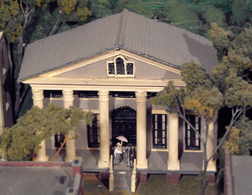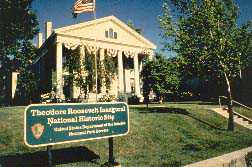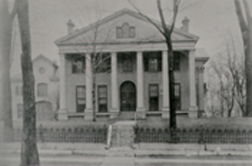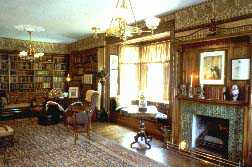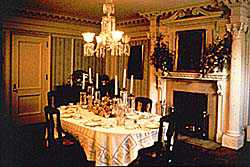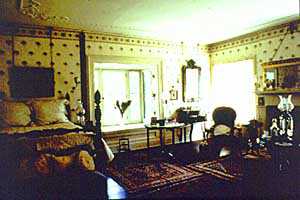|
In May of 1901, the Pan American Exposition opened for six months in Buffalo, New York. On September 6th, while visiting the
Exposition, President William McKinley was shot and wounded by a would-be assassin. Vice-president Theodore Roosevelt arrived in Buffalo the next day and was invited to stay at the home of his friend, Ansley Wilcox. Four days
later, with McKinley's condition improving and a full recovery expected, Roosevelt was convinced it was no longer necessary for him to remain in Buffalo. Joining his family in the Adirondacks, Roosevelt planned to spend a few days
hiking in the mountains. On Friday, September 13th, after descending Mount Marcy, Roosevelt received an urgent message to return to Buffalo. McKinley's condition had worsened and he was not expected to live through the night.
Roosevelt's journey began at 10:30 pm with a six hour carriage ride to the North Creek train station. From there he traveled to Albany and then on to Buffalo, arriving at 1:30 pm, eleven hours after McKinley's death. It was
September 14, 1901. After paying his respects to Mrs. McKinley, Roosevelt was inaugurated as our 26th president in the Library of the Ansley Wilcox home. The unusual circumstances surrounding the inauguration resulted in this being
the first swearing-in to take place in a city that was not the capital, and had never been the capital, of the United States. Theodore Roosevelt's 1901-09 administration has been deemed the first "modern presidency" due
to Roosevelt's progressive and liberal policies towards foreign affairs, labor, conservation, and the underprivileged in society |
